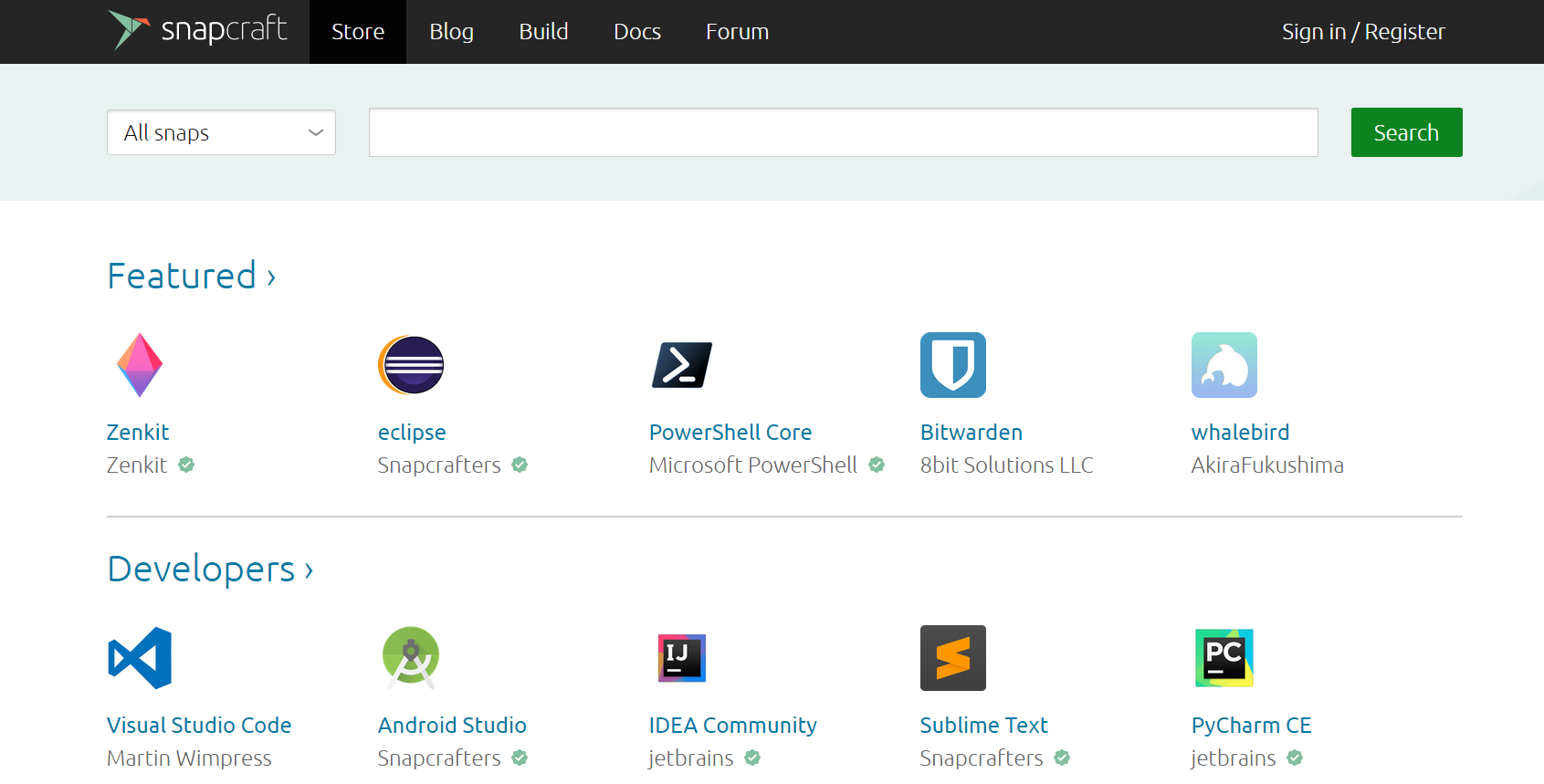

- Net app snap managarer tutorial software#
- Net app snap managarer tutorial license#
- Net app snap managarer tutorial professional#
With multipathing, there are redundant physical paths (two or more) between a host and the controller. On the other hand, NAS storage uses the file system on the controller-the WAFL® (Write Anywhere File Layout) system and the controller provide shared file-level access to multiple remote systems (hosts).īoth FC and iSCSI SANs support multipathing. The hosts then create and manage their own local file system (for example, ext3), and the local file system is typically not shared with other hosts. For a SAN device, the controller provides block-level access to the hosts. Perhaps the simplest way to define the difference between SAN and NAS is by describing how the file system is managed and how access is shared. However, both SAN and NAS provide remote systems (hosts) with access to centralized, shared storage. Additionally, some protocols use FC connections, and others use Ethernet. The various SAN and network-attached (NAS) protocols differ in many technical details: SAN provides block-level access, and NAS provides file-level access. Both tools are optional purchases and require licenses. NOTE: Management of the FAS storage infrastructure can be promoted to the host operating system (Windows or UNIX) by the SnapDrive® tool and to the application layer by the SnapManager® tool.
Net app snap managarer tutorial license#
The license for Operations Manager enables Performance Advisor, Protection Manager, and Provisioning Manager to be separately licensed products. Operations Manager includes the following products: Operations Manager: a licensed tool that is installed on a host and that provides sophisticated management tools for one or more storage systems. NetApp recommends the use of the default.ģ. Open protocols (such as RSH and Telnet) are disabled by default. NOTE: In Data ONTAP 8.0 7-Mode, only secured protocols (such as SSH) are enabled by default. – The options dns.enable on command enable Domain Name System (DNS) name resolution (which requires further configuration). – The cifs shares –add … command defines a CIFS share.

– The aggr status command displays the existing aggregates. Command-line interface: accessed via Telnet, Remote Shell (RSH), or Secure Shell (SSH) NetApp System Manager: a GUI designed for single-system configurationĢ. The administration of the NetApp FAS controller can be performed via various administrative interfaces.ġ. Related Article: Netapp Interview Questions NOTE: Similar initiator-target relationships exist in iSCSI connections. The fcp show initiator command returns all host FC initiator ports that are visible via the controller‘s FC target ports.įigure 4: Fibre Channel Initiator-Target Port Relationships The fcp show adapter command returns only the FC ports that are configured to function in target mode. Any FC HBA adapter that you purchase is predefined as either an initiator or target adapter. NOTE: The fcadmin command applies only to the built-in FC ports. The built-in FC ports can function in one of two modes: You may also need to configure the built-in FC ports (located on the motherboard). To enable persistence after a reboot, you must enter the changes into the /etc/rc file. NOTE: Most changes made from the command-line interface are transient.
Net app snap managarer tutorial professional#
To manually reconfigure the FAS controller‘s Ethernet network interfaces, you use the NetApp System Manager interface or the ifconfig command for example ifconfig ns0 192.168.1.1 netmask 255.255.255.0 Do you want to become a professional in this domain? Then Enroll in Netapp Online TrainingThis course will help you to achieve excellence in this domain. You can rerun the setup script manually at any time to reconfigure the parameters. This script configures fundamental parameters such as hostname, network IP addresses, and CIFS authentication (if licensed). When the storage controller is powered on for the first time, it runs the setup script. For brevity, some protocols, such as the NetApp API (Manage ONTAP Solution or ZAPI), and Network Information Service (NIS) are not shown. NOTE: This figure identifies only the major storage, management, and authentication protocols. Refer to Figures 3 for the identification of the supported protocols.įigure 3 – Protocols supported by the Netapp FAS Controllers
Net app snap managarer tutorial software#
The NetApp FAS storage controllers are designed around the NetApp Unified Storage architecture and support numerous storage protocols, software features, and storage tiers in an appliance-like design. Data ONTAP is the foundation of the NetApp Unified Storage architecture, supporting a wide range of storage protocols and storage-management software features. The operating system of the NetApp FAS storage controller is named Data ONTAP. Netapp Tutorial For Beginners In this Netapp Tutorial, you will learn below topics If you are looking for a Netapps tutorial you are at the right place our in-depth tutorial covers all the topics you need to know.


 0 kommentar(er)
0 kommentar(er)
